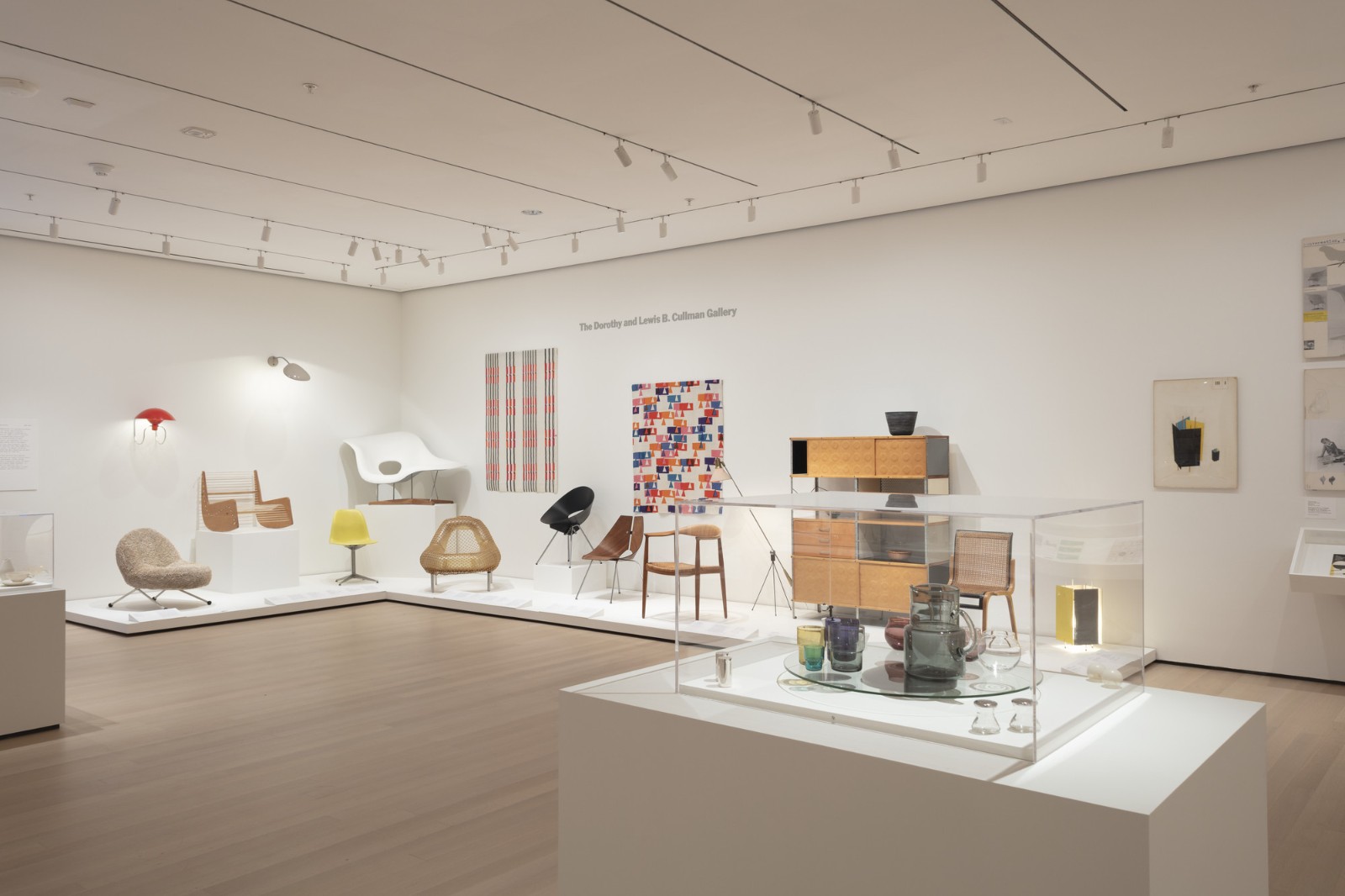Mastering the Art of Showroom Lighting
The Importance of Showroom Lighting
Showroom lighting is a critical aspect of retail design. It not only illuminates the space but also sets the mood, highlights products, and can significantly influence customer perception and behavior. Effective showroom lighting enhances product appeal, guides customer flow, and plays a vital role in branding and the overall shopping experience.
![showroom lighting showroom lighting]()
Types of Showroom Lighting
Different types of lighting are utilized in a showroom setting:
Ambient Lighting: Provides the overall illumination of the space, creating a welcoming environment.
Task Lighting: Used in areas where customers interact with products or staff, such as checkout counters.
Accent Lighting: Highlights specific products or displays, drawing attention and adding drama to featured items.
Decorative Lighting: Enhances the showroom's aesthetic and complements its theme and decor.
Strategies for Effective Showroom Lighting
To optimize lighting in a showroom, consider the following strategies:
Layering: Combine various types of lighting to create depth and interest.
Color Rendering: Use lighting with high color rendering index (CRI) to ensure products look true to color.
Focus on Key Areas: Employ accent lighting to draw attention to main displays or new arrivals.
Control Systems: Implement lighting controls for flexibility, allowing for adjustments based on time of day or specific events.
Tips for Selecting Showroom Lighting
When choosing lighting for a showroom, keep in mind:
Understand Your Brand: Ensure the lighting aligns with your brand image and enhances the desired customer experience.
Quality of Light: Opt for fixtures that offer durability and energy efficiency without compromising on aesthetics.
Flexibility: Choose lighting solutions that can adapt to changing displays and seasons.
Professional Consultation: Work with lighting design experts to develop a plan that best showcases your products.

